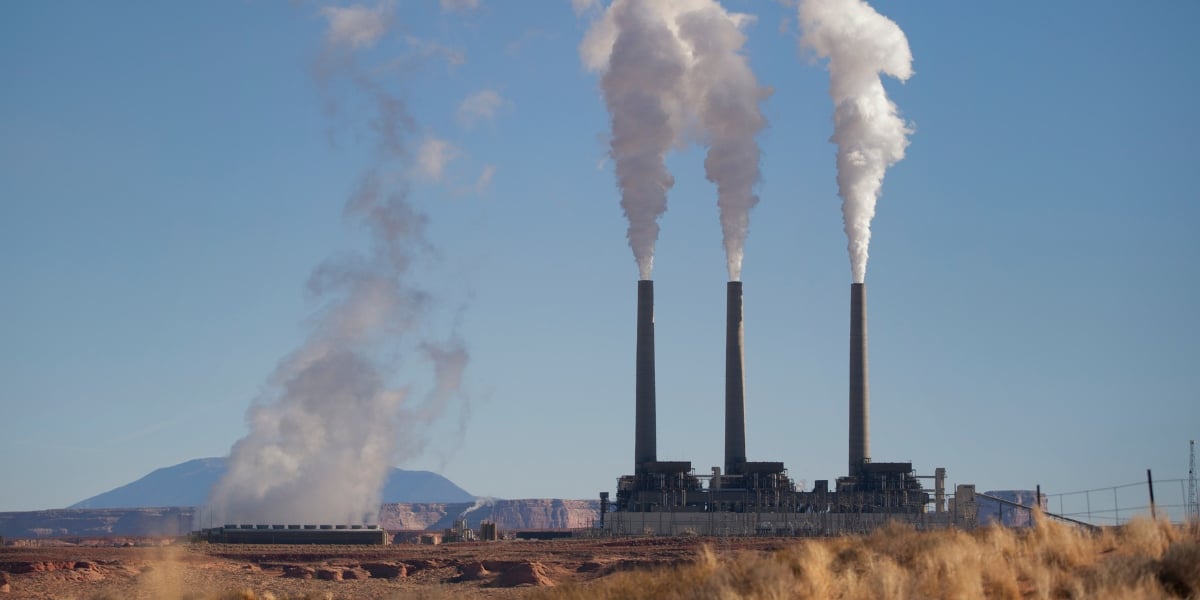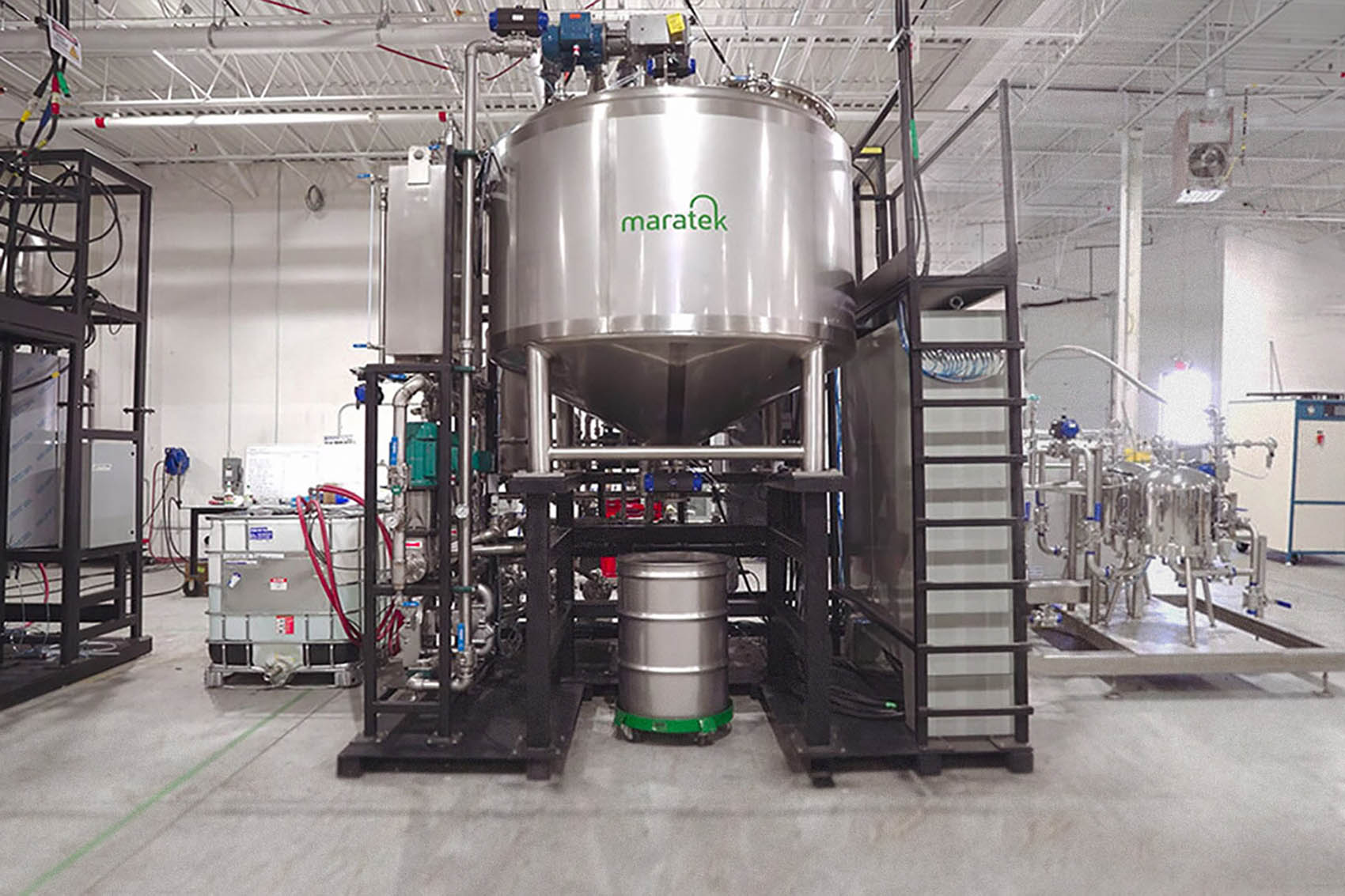Managing Air Pollution With Vapor Recapture and Thermal Oxidizers
 Across the globe, industrial manufacturers are increasingly recognizing the importance of ensuring the environmental sustainability of their industrial processes. These manufacturers are actively working to minimize their ecological footprint by adhering to government-mandated environmental regulations and legislation.
Across the globe, industrial manufacturers are increasingly recognizing the importance of ensuring the environmental sustainability of their industrial processes. These manufacturers are actively working to minimize their ecological footprint by adhering to government-mandated environmental regulations and legislation.
Effectively managing air contamination has emerged as a critical aspect of responsible manufacturing practices. Cutting-edge technologies like thermal oxidizers and vapor recapture systems offer innovative solutions for mitigating air pollution.
This blog will delve into the topic of managing air pollution stemming from manufacturing and explore the equipment that can be employed to achieve this goal.
Understanding the Significance of Controlling Air Contamination
Industrial air pollution stands as a significant issue, posing threats to both human health and the environment. Airborne pollutants such as volatile organic compounds (VOCs) and hazardous air pollutants (HAPs) contribute to declining air quality, increased smog, and the exacerbation of climate change.
These hazardous compounds and pollutants can lead to long-term health problems like cancer and organ damage through chronic exposure. Acute exposure over short periods can result in irritation, headaches, and worsened asthma symptoms.
In response to these concerns, governmental and regulatory bodies have enacted a range of air quality regulations that mandate manufacturers to implement effective control measures. Acts such as the Clean Air Act in the United States and the Canadian Environmental Protection Act include provisions addressing air pollution.
Non-compliance with these regulations can subject manufacturers to fines and legal consequences.
With that in mind, let's explore some of the equipment options available to mitigate air pollution during the manufacturing process.
Exploring Thermal Oxidizers
A thermal oxidizer is a specialized piece of equipment that employs high-temperature combustion to break down pollutants into byproducts like carbon dioxide and water vapor, rendering them less harmful to the environment.
This process hinges on crucial factors such as temperature, residence time, and turbulence. The system's temperature must be sufficiently high to initiate the ignition of compounds present in the reaction. The residence time refers to the duration required for the reaction to reach completion. Lastly, turbulence reflects the interaction between air and hazardous compounds in the reaction.
Different types of thermal oxidizers, including direct-fired thermal oxidizers, regenerative thermal oxidizers, and thermal recuperative oxidizers, exhibit variations in temperature requirements, heating methods, and fuel types.
Unveiling Vapor Recapture
Vapor recapture entails a process wherein volatile compounds are collected before they are released into the atmosphere. This process facilitates the collection and reuse of vapor generated as a byproduct during manufacturing through recycling.
Vapor recapture systems operate by cooling and condensing the captured vapor, resulting in pure condensate that can be reused in production. Implementing a vapor recapture system offers multiple advantages, including reduced air pollution emissions, decreased waste generation, and cost savings through recycling.
Vapor recapture systems are particularly effective in volatile compound storage tank units, preventing vapor loss to the atmosphere after escaping storage vessels. In storage settings, vapor recapture enhances safety and minimizes passive air pollution.
Choosing the Ideal Solution for Your Business
Thermal oxidizers are renowned for their efficiency in eliminating a wide array of pollutants, making them a versatile pollution control solution. Additionally, these systems generate limited secondary waste, reducing the need for extensive waste disposal. Some modern thermal oxidizers can even incorporate energy recapture methods to reuse heat generated during combustion.
However, it’s worth noting that operational costs can be high due to the substantial energy consumption associated with these systems. While thermal oxidizers effectively reduce pollutants like VOCs and HPAs, the combustion process does contribute to carbon dioxide emissions, a greenhouse gas.
On the other hand, the effectiveness of vapor recapture systems is contingent upon specific applications. Not all applications are ideally suited for vapor recapture, but where applicable, these systems offer numerous benefits.
Vapor recapture enhances environmental sustainability and is an excellent choice for manufacturers seeking greater environmental responsibility. Beyond their eco-friendliness, these systems also lead to cost savings by reducing the loss of valuable materials, such as solvents. This, in turn, minimizes the frequency and cost of solvent purchases.
Maratek stands ready to guide you toward enhancing your manufacturing processes with vapor recapture. Our state-of-the-art and efficient equipment can achieve recovery rates exceeding 99% purity, resulting in high yields. As the manufacturing industry evolves, embracing innovative solutions isn’t merely a responsible choice – it's a strategic one that contributes to a cleaner, greener, and more prosperous future.
Contact Maratek today to learn more about these progressive solutions.





